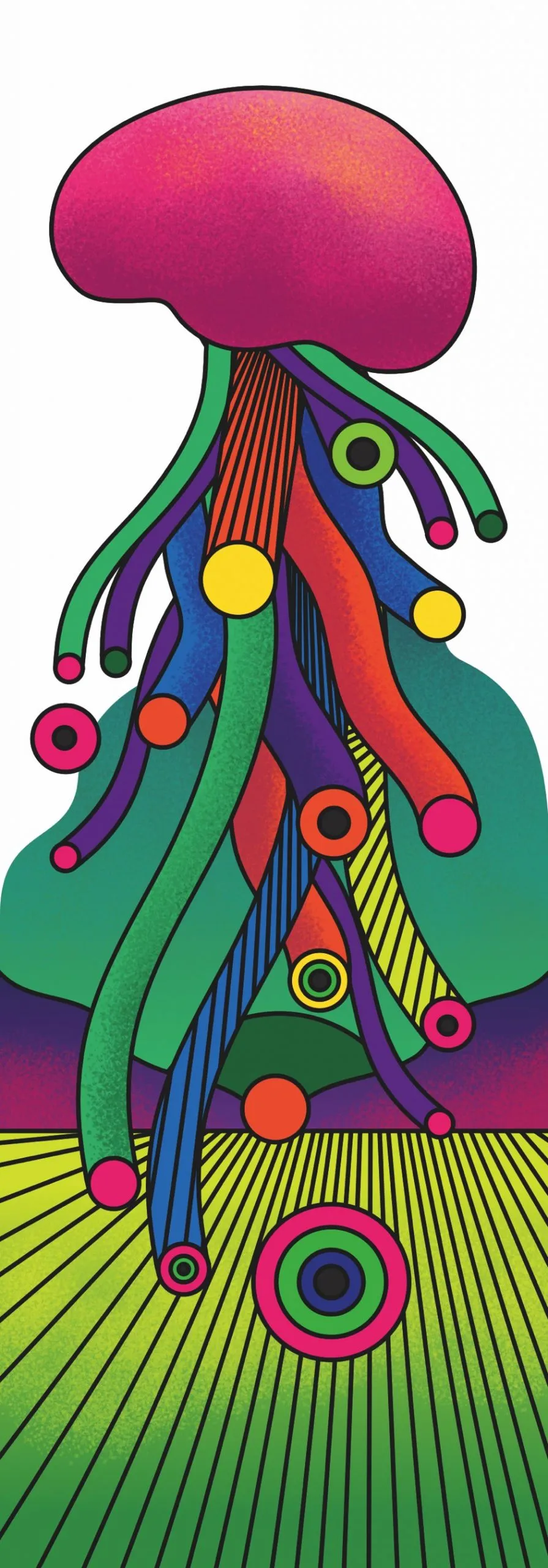We all know that when your brain dies, you die. Without a blood supply, your brain cells start dying off rapidly in around six minutes. Then there’s an irreversible loss of all neurological function in the brain and brain stem. No sign of life, no coming back, sign the death certificate.
At least, that’s what’s supposed to happen. This year, scientists from Yale School of Medicine created the biggest commotion about brain reanimation since Mary Shelley when they reported that they’d revived the brains of 32 pigs four hours after they been slaughtered. Brains, it seemed, could be brought back to life.
The researchers hooked up the ‘dead’ organs to a system that infused them with a blood substitute called BrainEx, which promotes cell recovery after oxygen deprivation. The scientists found that BrainEx helped maintain the brain’s internal structure and rebooted some brain cell functions such as the ability to produce energy and remove waste.
Perhaps most remarkably, they found that electrical activity between brain cells restarted. There was no sign of coordinated signals – certainly no indication of consciousness – but on the other hand the chemicals fed into the brain had been formulated to head off that possibility.
Read more about death:
- Radical ideas: Dying isn't as bad as you think
- To death and back: what near-death experiences could tell us about dying
“What we are showing is that the process of cell death is a gradual, stepwise process and that some of those processes can be either postponed, preserved or even reversed,” said lead researcher and neurologist Prof Nenad Sestan on the publication of his research in Nature journal this April.
Sestan started off trying to revive animal brain cells as a means to understand brain networks and neurological disease. But he’s ended up raising far-reaching scientific and ethical questions. How do we define death? Are current guidelines on brain death in need of revision? Should we even be conducting research that raises the smallest possibility of creating consciousness?

So what now? It seems Sestan may be reeling from the possible implications of what he’s half-stumbled upon. Contacted by BBC Science Focus six months after the publication of his research, he was reluctant to say where it left him or what the next steps are.
“The period of reassessment following a study of this nature can be significant, and from a holistic perspective, probably it should be,” he told us. His research group, he said, was carefully considering its next set of experiments, but it would be premature to reveal them “even in abstract terms”.
Whatever Sestan’s team decides to do, the cat’s now out of the bag and others are bound to push his work further.
With parallel research galloping ahead on cultured mini-brains and with Italian neurosurgeon Sergio Canavero claiming he’s ready to conduct the first human head transplant, there’ll be no shortage of Frankenstein headlines in the 2020s. It’s now a question of where and when the ethicists and regulators start drawing new lines.
As a group of neuroscientists, bioethicists and lawyers noted in a Nature response to the news that pig brains had been partially revived: “We’re reminded of a line from the 1987 film The Princess Bride: ‘There’s a big difference between mostly dead and all dead. Mostly dead is slightly alive.’”
Read more wild ideas in science:
As Albert Einstein once said, “imagination is more important than knowledge.” So with that in mind, here are our picks of the most radical theories in science.
